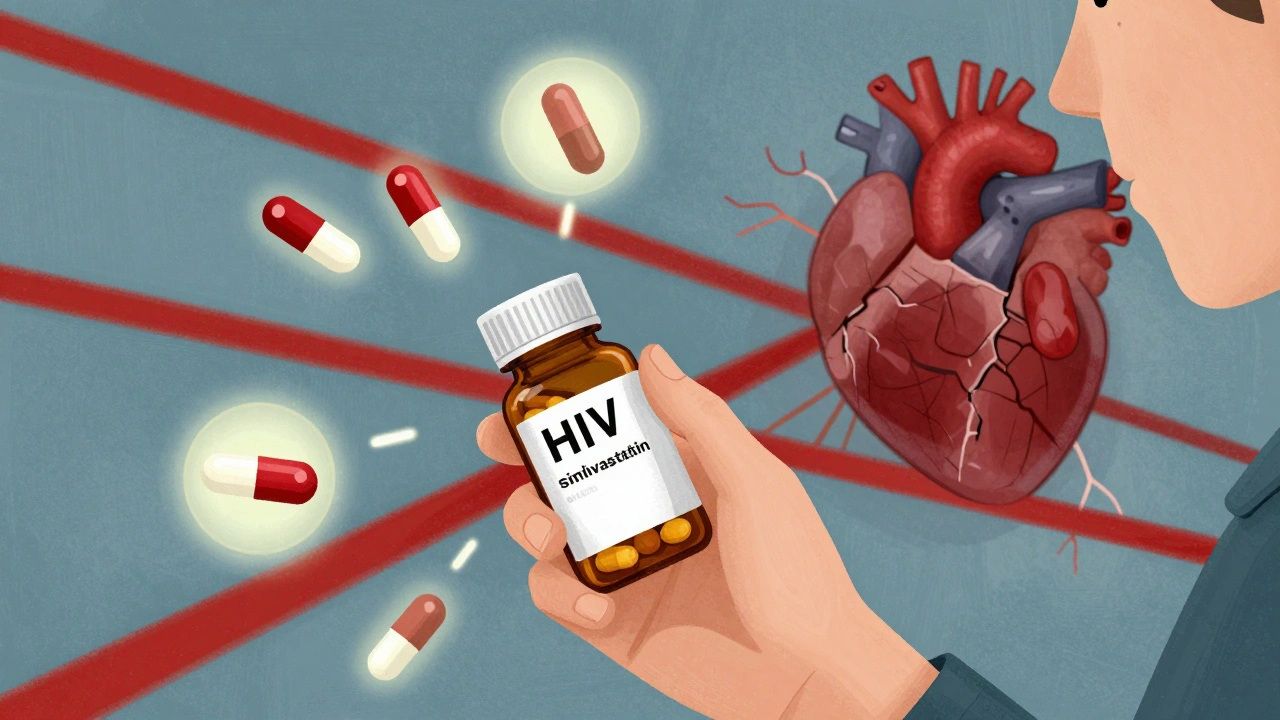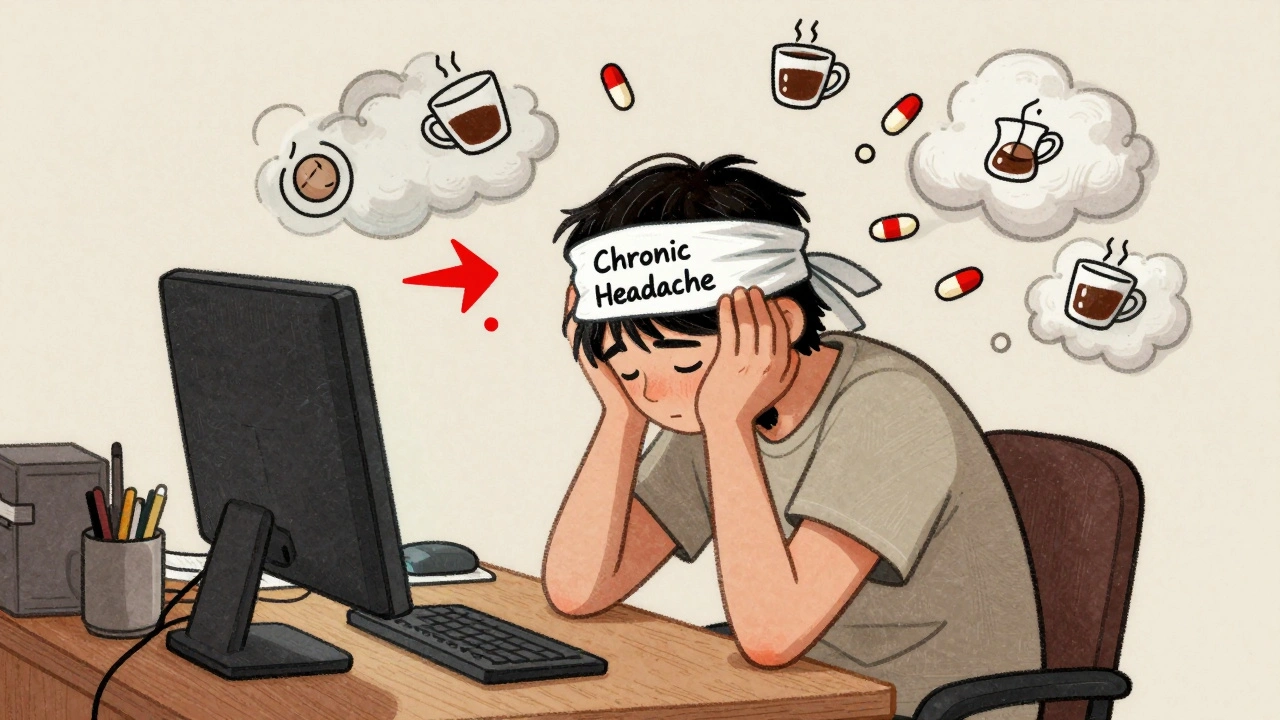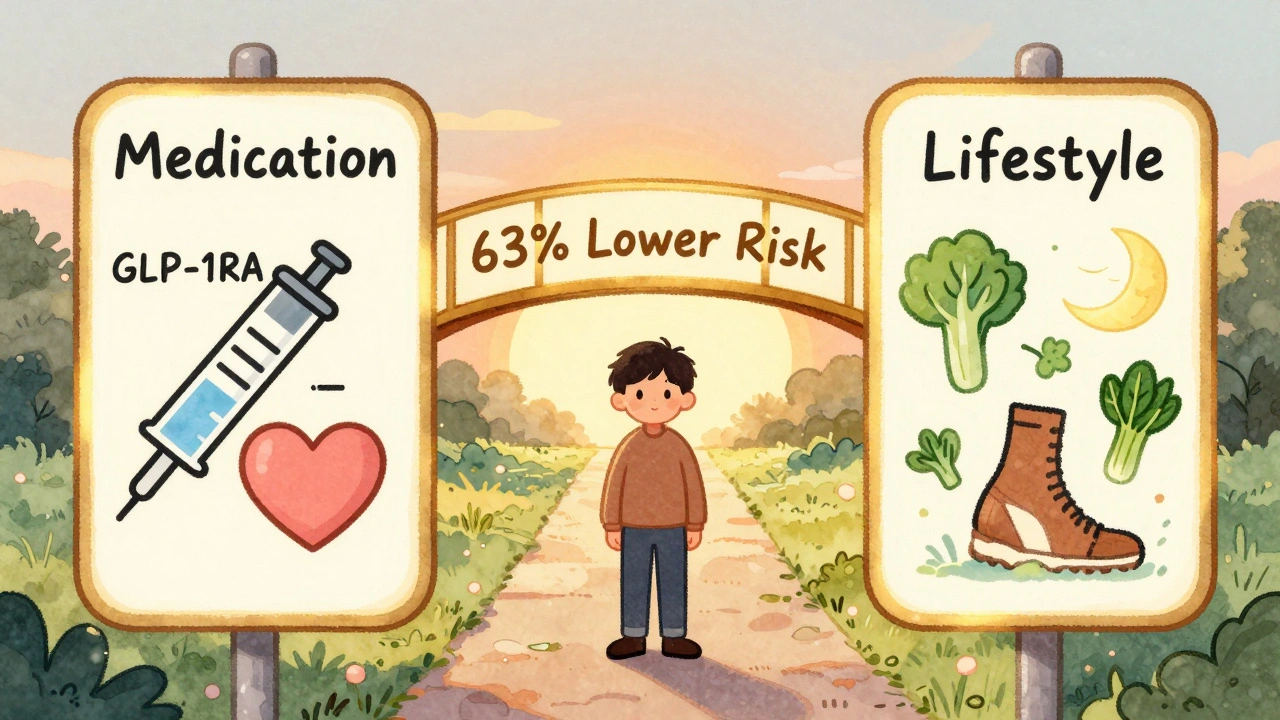Staying Active with Lung Disease
When you have a lung disease like COPD or pulmonary fibrosis, staying active with lung disease, moving your body in ways that don’t leave you gasping. Also known as exercise with chronic lung conditions, it’s not about running marathons—it’s about keeping your muscles strong, your heart working, and your breath under control. Many people think if their lungs are damaged, they should rest. But sitting still makes weakness worse, and weakness makes breathing harder. It’s a loop: less movement → weaker muscles → more breathlessness → even less movement. Breaking that cycle starts with small, smart steps.
Pulmonary rehabilitation, a structured program that combines exercise, education, and breathing training. Also known as lung rehab, it’s the most proven way to improve daily function for people with lung disease. Studies show people who complete it can walk farther, climb stairs without stopping, and feel less anxious about breathing. You don’t need a fancy gym—just a chair, a wall, and a steady pace. Walking around your house, doing seated leg lifts, or using light resistance bands builds strength without overloading your lungs. The key is consistency, not intensity. Ten minutes a day, five days a week, beats one long session you never repeat.
Breathing techniques, like pursed-lip and diaphragmatic breathing. Also known as controlled breathing, they’re not magic—but they’re close. Pursed-lip breathing slows your exhale, keeps airways open longer, and gives your lungs time to dump stale air. Try it while walking: inhale through your nose for two steps, exhale slowly through pursed lips for four steps. You’ll notice you don’t get winded as fast. Diaphragmatic breathing trains your main breathing muscle (the diaphragm) to do more work instead of your neck and chest muscles, which tire quickly. Lie on your back, put a hand on your belly, and breathe so your hand rises—not your chest. Do this for five minutes before getting out of bed. It’s simple, free, and works.
People with lung disease often avoid activity because they fear getting out of breath. But avoiding movement doesn’t protect your lungs—it weakens them. What you need isn’t more rest. It’s better movement. The articles below show real strategies: how to pick the right walking routine, what exercises to skip, how to use oxygen safely if you’re on it, and why some people feel better after just two weeks of daily seated stretches. You’ll also find what works for COPD, pulmonary fibrosis, and bronchiectasis—each has different needs, but the same goal: move more, breathe easier, live better.

Obstructive Pulmonary Disease and Exercise: Practical Tips to Stay Active and Healthy
Learn practical, science-backed ways to stay active with obstructive pulmonary disease. Start small, breathe smarter, and build endurance without overdoing it-because movement is key to living better with COPD.





